|
Related FAQs: Agariciids, SPS
Corals, Stony/True Coral, Coral System Set-Up, Coral System Lighting, Stony Coral Identification, Stony Coral Selection, Coral Placement, Foods/Feeding/Nutrition, Disease/Health, Propagation, Growing Reef Corals, Stony Coral Behavior, Stony Coral Behavior, SPS Identification, SPS Behavior, SPS
Compatibility, SPS Selection,
SPS Systems, SPS Feeding, SPS
Disease, SPS
Reproduction,
Related Articles: True or Stony Corals, Order
Scleractinia, Dyed Corals,
/The Best Livestock For Your Reef Aquarium:
Cactus, Elephant Skin, Plate,
Lettuce Corals of the Family Agariciidae, pt.
5
To:
Part 1, Part
2, Part 3,
Part 4,
|
%20MD.JPG)
|
| Bob Fenner |
|
Genus Pavona Lamarck 1801. Variable colony structure (massive
to frond-like, the latter bifacial). Have small corallites that lack
defined walls, interconnected by exsert septo-costae creating
distinctive patterns. Easily asexually fragmented and collected as
pieces of colonies.
| Pavona bipartita Nemenzo 1980. Submassive or
encrusting colonies, with corallites with alternating septo-costae orders,
ridge between them. |
|
Bigger PIX:
The images in this table are linked
to large (desktop size) copies. Click on "framed" images
to go to the larger size. |
|
|
| Pavona cactus (Forsskal 1775). Cactus Coral.
Thin, twisted two-sided upright fronds. Corallites very small,
arranged in irregular rows. Aquarium images and one in Gili,
Lombok, Indo. |
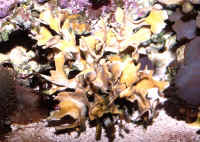 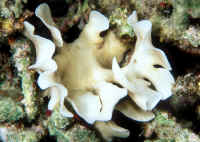
|
| Pavona cf. chiriquensis, small encrusting colonies
with few cm. irregular, randomly spaced bumps. Corallites are small and
not regularly spaced between the bumps. The bumps have small ridges on their
sides. Generally a shade of brown or grey. Fr. Polynesia 2018 |
%20MD.JPG) |
Pavona clavus Dana 1846, Colonies columnar usually,
but may be laminar. Stands may be meters across. Seta-costae thick, of two
distinct forms. Columellae short of non-existent.
Mabul, Malaysia |
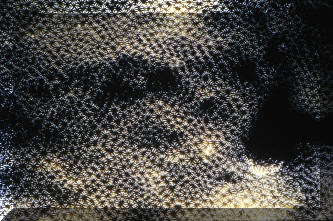 |
Bigger PIX:
The images in this table are linked
to large (desktop size) copies. Click on "framed" images
to go to the larger size. |
|
%20MD.JPG)
|
| Pavona danai Milne Edwards & Haime 1860.
Short stunted growth, vertically oriented in irregular patterns.
Red Sea upper Gulf of Eilat. |
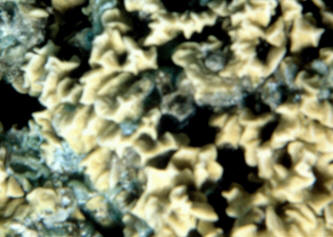
|
| Pavona decussata (Dana 1846). Thick,
interconnected upright plates that tend to flare out on upper margins.
Individual polyps in small depressions, along irregular parallel lines.
Indo-West Pacific; Red Sea to Australia. Red Sea 2019. |
%20MD.jpg) |
Bigger PIX:
The images in this table are linked
to large (desktop size) copies. Click on "framed" images
to go to the larger size. |
|
%20MD.JPG)
|
| Pavona duerdeni Vaughan 1907. Massive colonies (up to
10 feet tall) of irregular appearance (sometimes huge). At right: Red Sea and Hawai'i images. Found in areas of
moderate current, wave movement Named in honor of Cnidarian
scientist J. E. Duerden (1865-1937). |
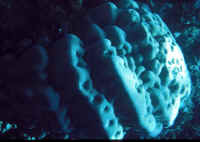 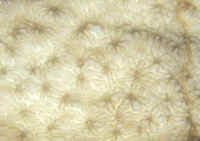
|
Bigger PIX:
The images in this table are linked
to large (desktop size) copies. Click on "framed" images
to go to the larger size. |
|
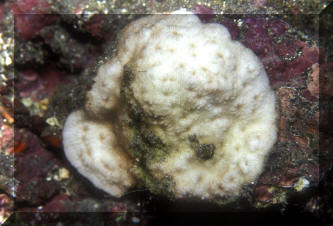
|
| Pavona explanulata (Lamarck 1816). Colonies
generally encrusting, maybe massive. Well-spaced corallites have
pillar-like columellae, smooth alternating septo-costae. Nuka Hiva,
Marquesas, Polynesia pic. Found from Red Sea, East Africa to the
Tuamotus, tropical east Pacific. |
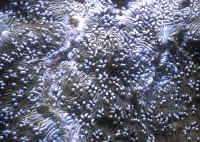
|
Bigger PIX:
The images in this table are linked
to large (desktop size) copies. Click on "framed" images
to go to the larger size. |
|
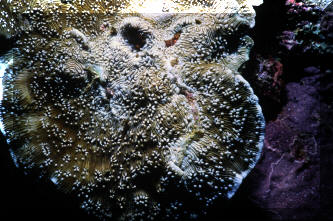
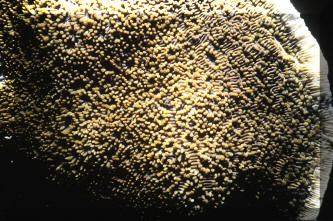
|
| Pavona frondifera Lamarck 1816. /COTW
Characters: Colonies
are thin plates and/or contorted fronds with narrow bases and which divide
irregularly. Plates usually have radiating ridges which intergrade with
fronds. Corallites are aligned in irregular shallow valleys roughly parallel
to plate or frond margins.
Colour: Pale
or dark brown.
Similar Species: Pavona
danai, which has less development of fronds and larger, deeper
corallites which tend to align vertically, not parallel to margins. Pavona
cactus has smaller, shallower corallites.
Habitat: Shallow
reef environments.
Abundance: Generally
common. Costa Rica (Pac.) 2011
|
%20MD.JPG)
|
Bigger PIX:
The images in this table are linked to large (desktop size) copies. Click on
"framed" images to go to the larger size. |
|
%20MD.JPG)
|
Pavona gigantea. Giant Coral. Grey polyps with short
tentacles. Arising, blunt colonies (columnar) to eight feet in diameter.
Cabo pic by Di 2016.
/COTW:
Characters: Colonies
are massive. Corallites have thick walls and are well defined. Septo-costae
are in two indistinct orders. Columellae are well developed. Tentacles are
extended during the day giving colonies a furry appearance.
Colour: Green,
grey and brown.
Similar Species: Pavona explanulata,
which has similar corallite structures, but does not form massive colonies.
See also Pavona
decussata.
Habitat: Occurs
on shallow protected rocky substrates.
Abundance: Uncommon.
|
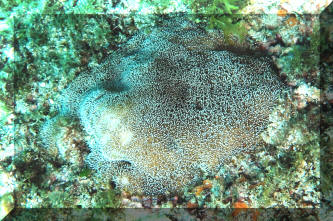
|
| Pavona varians Verrill 1864. Colonies
encrusting to laminar, showing short, irregular valleys.
Hawai'i images. /COTW:
Characters: Colonies
are submassive, laminar or encrusting or various combinations of these.
Corallites are in short irregular valleys, or are aligned between ridges
perpendicular to margins, or are irregularly distributed on flat surfaces.
Septo-costae are in alternating orders.
Colour: Yellow,
green or brown.
Similar Species: Pavona
venosa, which has similar corallites but walls between valleys
(collines) are acute, septa are generally in three orders, columellae are
less developed and septa more widely spaced.
Habitat: Most
reef environments.
Abundance: Common.
|
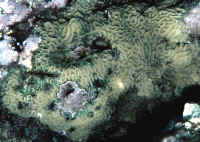
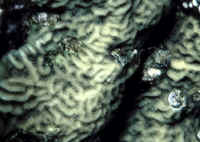
|
Bigger PIX:
The images in this table are linked to large (desktop size) copies.
Click on "framed" images to go to the larger size. |
%20MD.JPG)
%20MD.JPG)
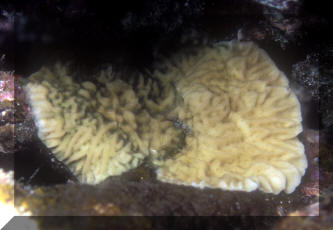
%20MD.JPG) |
Bigger PIX:
The images in this table are linked to large (desktop size) copies.
Click on "framed" images to go to the larger size. |
| |
Bibliography/Further Reading:
Coral
Search
Borneman, Eric H. 2001. Aquarium Corals; Selection, Husbandry and
Natural History. Microcosm-TFH NJ, USA. 464 pp.
Fossa, Svein A. & Alf Jacob Nilsen. 1998 (1st ed.). The Modern
Coral Reef Aquarium, v.2 (Cnidarians). Bergit Schmettkamp Verlag,
Borhheim, Germany. 479pp.
Hoover, John. 1998. Hawai'i's Sea Creatures. A Guide to
Hawai'i's Marine Invertebrates. Mutual Publishing, Honolulu HI.
366pp.
Humann, Paul. 1993. Reef Coral Identification; Florida, Caribbean,
Bahamas. New World Publications, Inc. Jacksonville, FL.
239pp.
Veron, J.E.N. 1986. Corals of Australia and the Indo-Pacific. U. of
HI press, Honolulu. 644 pp.
Veron, J.E.N. 2000. Corals of the World. Australian Institute of
Marine Science. Queensland, Australia. three volumes.
To:
Part 1, Part
2, Part 3,
Part 4,
|
|

